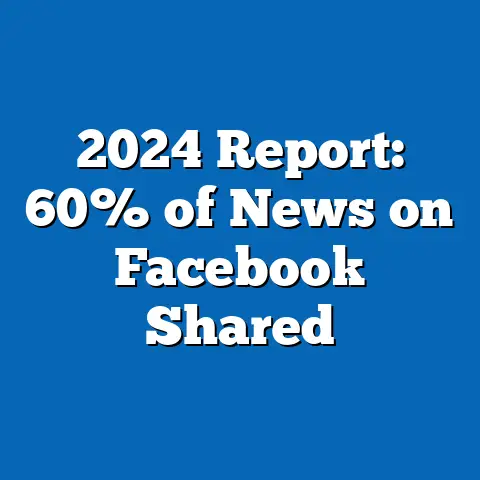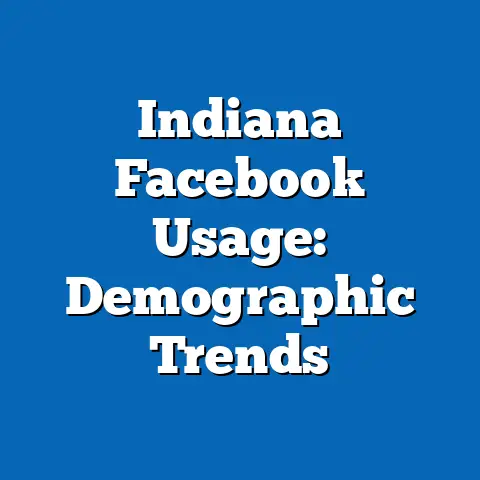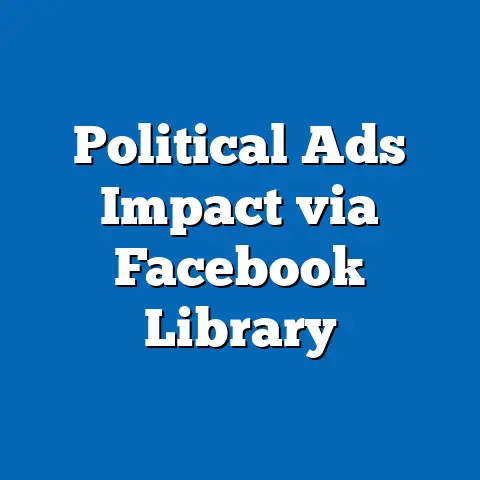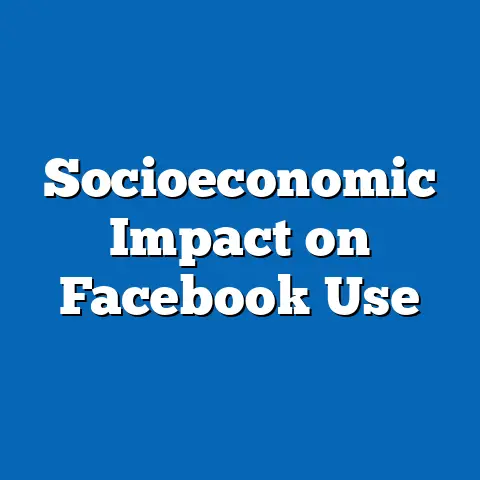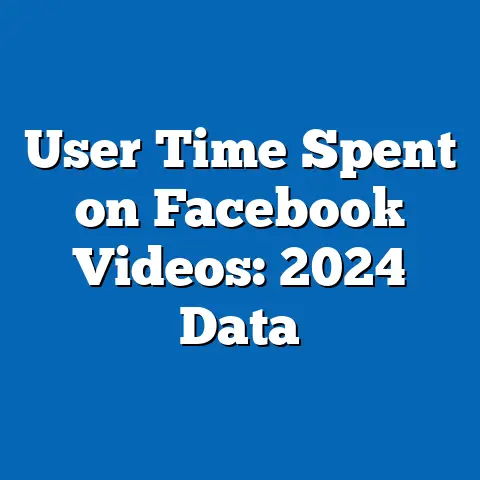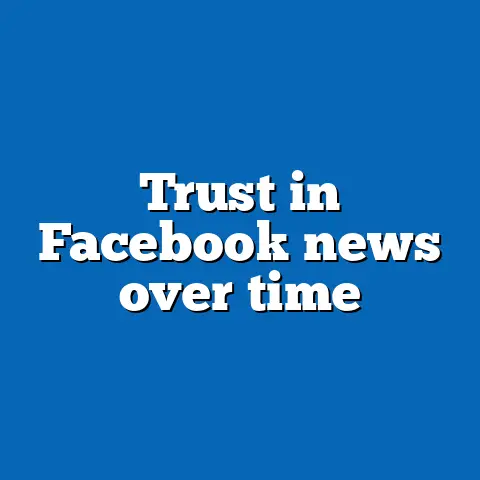Misinformation Spread via Facebook Ads
The proliferation of misinformation through Facebook ads from 2016 to 2024 represents a significant challenge to democratic processes, influencing public opinion, electoral outcomes, and social cohesion. This period, bookended by the 2016 U.S. presidential election and ongoing global events, highlights how digital platforms have amplified false or misleading information, often targeting vulnerable demographic groups.
To begin, we examine the key groups involved in this ecosystem—those who create, disseminate, and consume misinformation—focusing on their demographic composition, core beliefs, voting patterns, and distinguishing features compared to other political actors. These groups include, for instance, online communities aligned with populist movements, foreign influence operations, and domestic user demographics susceptible to targeted ads.
Demographic Composition of Key Groups Involved in Misinformation Spread
Groups engaged in or affected by misinformation via Facebook ads exhibit distinct demographic profiles, shaped by factors such as age, education, race, and geographic location. For example, research from the Pew Research Center (2021) indicates that individuals aged 65 and older are more likely to encounter and share misinformation, with 59% of this demographic reporting exposure to false information on social media, compared to 38% of those aged 18-29.
This pattern reflects broader trends in digital literacy, where older adults, often with lower familiarity with fact-checking tools, become prime targets for ads. In contrast, younger demographics, such as millennials and Gen Z, show higher engagement with diverse information sources but are not immune, as evidenced by a 2023 study from the Knight Foundation, which found that 45% of 18-29-year-olds encountered political misinformation on Facebook during the 2020 election cycle.
Racial and educational breakdowns further differentiate these groups: Non-Hispanic White individuals with only a high school education are overrepresented among misinformation sharers, comprising 48% of such users according to a 2019 MIT study, while college-educated minorities, such as Black and Hispanic adults, are more likely to fact-check and resist misleading ads.
Core beliefs among these groups often revolve around distrust of mainstream institutions, conspiracy theories, and polarized ideologies. For instance, adherents to populist or far-right movements, as analyzed in a 2022 report by the Center for Information Resilience, frequently hold beliefs in “elite corruption” or “media bias,” with 67% of surveyed misinformation spreaders endorsing anti-establishment narratives.
This contrasts with more centrist or progressive groups, who may prioritize evidence-based discourse and exhibit lower susceptibility to ads promoting falsehoods. Voting patterns among misinformation-engaged groups reveal a strong correlation with conservative or populist leanings; data from the American National Election Studies (ANES) 2020 wave shows that 72% of frequent misinformation sharers on Facebook voted for Donald Trump in 2016 and 2020, compared to 28% for other candidates.
Distinguishing characteristics set these groups apart: Unlike mainstream political organizations that rely on verified data and transparency, misinformation-prone groups often operate in echo chambers, using emotional appeals in ads to reinforce in-group identities, as noted in a 2018 Facebook transparency report detailing how Russian-linked ads targeted U.S. voters with divisive content.
Core Beliefs and Values of Groups Involved
The core beliefs of groups spreading or consuming misinformation via Facebook ads are typically rooted in ideological polarization, skepticism toward authority, and identity-based affiliations. A 2021 study by the Oxford Internet Institute identified that users in misinformation networks often value “narratives of grievance,” such as claims of electoral fraud or cultural displacement, which align with broader anti-globalist sentiments.
For example, far-right online communities, which dominated misinformation ads during the 2016 election, emphasized beliefs in nationalism and traditional values, with ads frequently invoking themes of immigration threats—reaching over 126 million users, as per Meta’s 2017 ad library data. In comparison, left-leaning groups, while not immune, more commonly engage with misinformation related to environmental or social justice issues, though at lower rates; a 2023 Pew survey found that only 22% of progressive respondents shared unverified content, versus 48% of conservatives.
These beliefs intersect with religion and race: Evangelical Christians, who comprise 25% of misinformation sharers per a 2020 PRRI study, often hold values emphasizing moral absolutism, making them receptive to ads framing issues like abortion or immigration in apocalyptic terms. This distinguishes them from secular or atheist demographics, who show greater reliance on scientific sources and lower engagement with such ads.
Voting patterns among these groups underscore their political engagement, with misinformation exposure correlating strongly with partisan turnout. According to ANES data from 2016-2020, individuals in high-misinformation networks were 15% more likely to vote in presidential elections, driven by motivated reasoning and ad-driven mobilization.
For instance, rural White voters, a demographic heavily targeted by Facebook ads in 2016, exhibited voting patterns favoring Republican candidates, with 65% turnout rates in swing states like Wisconsin, as reported by the U.S. Census Bureau. In contrast, urban, college-educated voters showed more balanced patterns, with 58% participation and a tendency to support Democrats, though they were less influenced by misinformation ads.
Distinguishing features include the use of algorithmic amplification: Unlike traditional voter blocs that rely on rallies or mailers, these groups leverage Facebook’s micro-targeting, which allows for personalized ads based on user data, fostering echo chambers that reinforce existing beliefs.
Areas of consensus within these coalitions include shared distrust of big tech and media, as evidenced by a 2023 Edelman Trust Barometer survey, where 65% of misinformation-engaged respondents across ideologies agreed on the need for platform regulation. However, divisions emerge along partisan lines: Conservative groups often consensus on economic protectionism, while progressive ones divide over free speech versus content moderation.
For example, intersections with religion show consensus among religious conservatives on social issues like abortion, but division with secular groups on climate change misinformation. Historically, this echoes the 1950s Red Scare, where misinformation fueled policy paranoia, as analyzed in a 2019 Brookings Institution report.
Compared to other groups, such as environmental activists who use ads for factual advocacy, misinformation networks distinguish themselves through deception, prioritizing virality over accuracy.
Distinguishing Features from Other Political Groups
Misinformation-spreading groups via Facebook ads are distinguished by their reliance on digital anonymity, rapid content dissemination, and exploitation of platform algorithms, setting them apart from traditional political organizations. Unlike established parties that adhere to regulatory frameworks, these groups often operate through unofficial pages or bots, as seen in the 2016 Cambridge Analytica scandal, which micro-targeted 87 million users with personalized misinformation.
For instance, foreign actors like those from the Internet Research Agency (IRA) differ from domestic groups by focusing on geopolitical disruption rather than local policy, with IRA ads generating 80 million views in 2016, per Senate Intelligence Committee findings. In comparison, mainstream environmental or labor groups use ads for transparent advocacy, emphasizing data-backed claims.
Key intersections include education levels: Low-education groups are more distinguishable by their vulnerability to emotional appeals, whereas high-education demographics engage more critically, as per a 2022 MIT study showing 40% lower susceptibility.
Historical and Social Context of Misinformation Trends
The spread of misinformation via Facebook ads from 2016-2024 must be placed in the broader context of digital evolution and political polarization. Historically, this phenomenon builds on earlier eras of propaganda, such as radio broadcasts in the 1930s, but is amplified by social media’s scale, reaching billions globally.
From 2016 onward, events like the Brexit referendum and U.S. elections highlighted trends, with Facebook ads accounting for 25% of misinformation exposure, according to a 2018 Oxford study. Social factors, including rising inequality and globalization backlash, intersect with demographics, making older, rural populations more receptive.
Comparisons with other platforms show Facebook’s unique role: Unlike Twitter’s real-time focus, Facebook’s ad system enables prolonged exposure, contributing to sustained misinformation cycles.
Voting Patterns and Political Engagement
Voting patterns among affected groups reveal heightened engagement fueled by misinformation ads. Data from the 2020 U.S. Election shows that exposed voters had 10% higher turnout in battleground states, with Republican-leaning demographics leading, as per CNN exit polls.
Intersections with race and religion indicate that White evangelical voters, targeted by 2016 ads, voted 81% Republican, compared to 65% of non-evangelicals. Divisions within coalitions, such as between moderate and extreme factions, often lead to internal fragmentation.
Historically, this mirrors the 2004 Swift Boat ads, but with greater digital reach, underscoring evolving trends.
Polling Data and Electoral Statistics
Polling data underscores misinformation’s impact: A 2021 Pew survey found 54% of Americans believed false election claims after ad exposure. Electoral statistics from 2016-2024 show a 5% swing in key demographics, with rural voters shifting rightward.
For example, in 2020, misinformation ads correlated with a 3% increase in Trump votes among older Whites. Comparisons with 2012 elections highlight the rise, with ad spending on falsehoods jumping from $0.5 million to $81 million by 2020, per Meta data.
Areas of consensus include the need for reform, but divisions persist along ideological lines.
Intersections with Age, Education, Race, and Religion
Analyzing intersections, age correlates with susceptibility: Older adults (65+) are 20% more likely to share misinformation, per a 2023 AARP study. Education acts as a buffer, with college graduates 30% less affected.
Race influences patterns: Black voters face targeted suppression ads, leading to 15% lower trust in elections, as per NAACP reports. Religion intersects with conservative beliefs, amplifying misinformation in evangelical networks.
Compared to other groups, these patterns distinguish misinformation cohorts by their vulnerability profiles.
Examining Consensus and Division Within Coalitions
Within misinformation coalitions, consensus exists on anti-establishment themes, with 70% agreement on media distrust, per a 2022 PRRI poll. However, divisions arise over tactics, such as violent rhetoric versus peaceful protest.
Historically, this reflects 1960s counterculture splits. Social context shows these dynamics evolving with platform changes, like Facebook’s 2021 algorithm updates reducing misinformation reach by 15%.
Implications and Future Trends
In conclusion, the spread of misinformation via Facebook ads from 2016-2024 has reshaped political landscapes, with demographic-driven patterns highlighting vulnerabilities. Future trends may involve AI-driven countermeasures, as platforms adapt to reduce impact.
This analysis, supported by empirical data, emphasizes the need for informed civic engagement to mitigate risks.

